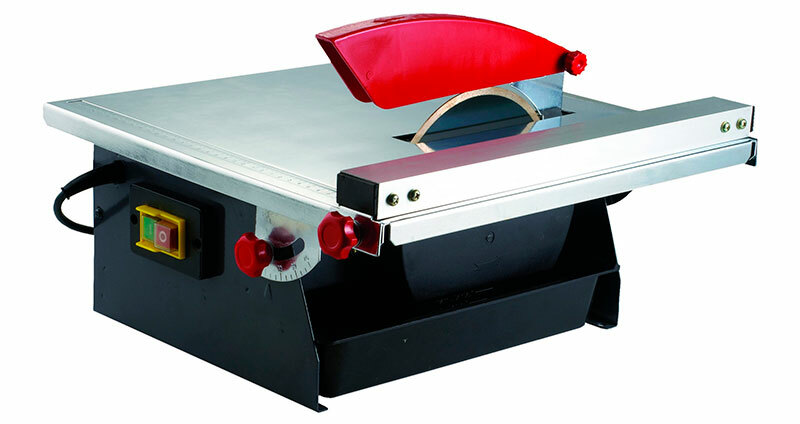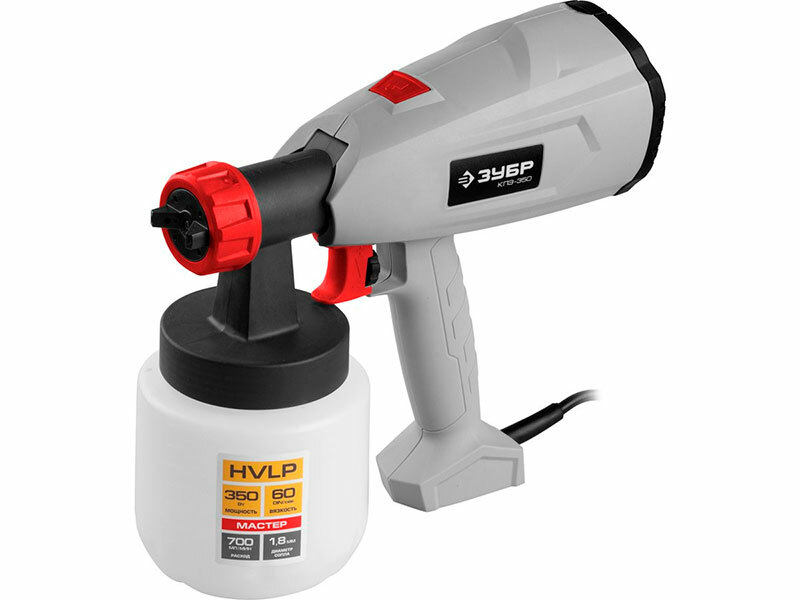
- Than to wash the dishes?
- How to clean dishes?
- How do I wash dishes by hand?
- How do I clean the dishes in the dishwasher?
- Washing dishes with folk remedies
Every day in everyday life, in the service sector, in production, people are faced with the fact that you need to wash the dishes. Clear it is important in terms of hygiene and aesthetics.
This work tires many, but you do not need to delay washing dishes so that it does not wither with dirt and grease. You can get rid of dirt on kitchen utensils manually or with the help of modern dishwashers. How to do it right and in that, and in another case, you need to know. To make it easier for you to adjust your life and spend a minimum of effort on such routine work, read the rules and useful tips on how to wash the dishes described in this article.
to the contents ↑Than to wash the dishes?
For the cleaning of plates, glasses, glasses and pans, you can choose synthetic( household chemicals from different manufacturers) or natural and harmless( baking soda, mustard, etc.).
Every housewife has different detergents at hand. Some people prefer liquid foam-forming detergents, others like powdery ones, and others use pieces of laundry soap at all.
Important! What to give preference - it's up to you. But we need to do this based on the criteria of low price, safety, universality of application and cleaning speed.
 To clean the dishes you need not only directly cleaning agents, but also the following tools:
To clean the dishes you need not only directly cleaning agents, but also the following tools:
- Apron, so as not to get dirty and do not spray clothes.
- Washing, for which you will work.
- Rubber gloves.
- Sponges, wipes, rags.
- Wire mesh.
Important! Depending on what is currently soiled, you may need more or less tools.
to the contents ↑How to wash dishes?
So that you do not think about how to wash the dishes, remember:
- Wash the tableware and kitchenware immediately after it has been soiled.
- Caress several times, very carefully - this is necessary to wash the detergent and it does not get into a fresh dish for dinner or breakfast.
- The water temperature should be 40-50 degrees, but there are exceptions when it is desirable to wash the dishes first with cold, cool water.
Important! In those cases when the dishes are dirty: dough, kefir, milk, eggs, cottage cheese, you can not wash it with hot water, as dirt gets into the products even more. First you need to rinse objects with cool water. A crystal, for example, is recommended to always wash only with cool water.
to the contents ↑How to wash the dishes by hand?
Even if you have to clear a mountain of objects after a feast or a family celebration, it's easy. Suffice it to take into account such recommendations:
- Choose the suitable detergent, for example, often use a liquid detergent or soapy solution.
- Always pre-sort the dishes: cups, plates, spoons, knives, forks.
- Remove excess food from the dishes.
- Use the maximum water temperature at which you can wash the dishes, or which is recommended for a particular material.
- Use comfortable sponges or cloths.
- First of all, wash glasses, cups, spoons, forks, knives, plates, in the last - pots, pans.
- Place the dishes on the grate drying so that the glass is water. Glass - immediately wipe dry, otherwise there will be stains and dried drips.
- Thoroughly rinse all fixtures: sponges, rags.
- Wash off the sink itself, after removing the remnants of food.
How to wash dishes in the dishwasher?
Dishwashers are designed to facilitate our home work. Therefore, often their application is simple, and with each new manufactured model, manufacturers continue to improve their equipment, adding new features and further simplifying the settings, maintenance, cleaning of the system.
If you just purchased such a device, you should immediately learn how to properly wash the dishes in the dishwasher. The basic rules are as follows:
- Load the dish evenly into the machine without overloading it to thoroughly wash all objects and have access to the water supply to each spreader.
- Choose a specific mode of operation, depending on which model you have and what exactly you are going to wash in it. Some have functions such as slightly contaminated or heavily soiled objects.
- The machines have upper and lower shelves. On the upper shelves place short objects and cutlery. On the lower - wide and dimensional: dishes, plates, glasses, glasses.
- Choose by practical tests and add detergents to the machine( fill the required compartments).If necessary, a rinse aid.
- Turn on the machine for washing.
- Dry the dishes at the end of the cycle.
Important! According to the studies, it was proved that the dishes should be washed 15 times after using liquid detergent. If the remnants of funds are present on the dishes, it can lead to illnesses, up to oncological neoplasms.
to the contents ↑Washing dishes with folk remedies
The use of folk cleansers is the right decision on the way to a healthy lifestyle that is so popular today. In order to properly wash the dishes and not spend a lot of time on the process, you can use the following substances:
- baking soda;
- liquid ammonia;
- salt;
- dry mustard powder;
- calcined soda;
- wood ash;
- tooth powder;
- homemade pasta: its composition is soda + vinegar + aroma oil.
 Suitable each of them in order to clean different types of contaminants and from different items of utensils. For example:
Suitable each of them in order to clean different types of contaminants and from different items of utensils. For example:
- Baking soda - a safe tool, well cleans cutlery, glass, plates. Clean the contaminated tea and cutlery from the raids.
Important! Soda food is alkali and it can scratch dusted objects, for example, Teflon pans, porcelain or delicate crystal. If you decide to use it, act very carefully, first mixing the powder with water.
- Mustard - put it on the sponge, and the fat will come off instantly. You can use absolutely for any kitchen utensils.
- Calcined soda is suitable for removing not only fresh fat, but also long-lasting or for burnt-in utensils. Use it as an aqueous solution: 1 liter of water to take 1 teaspoon of soda.
Important! Calcined soda is very corrosive. Therefore, when using it, gloves must be worn to protect the skin of the hands.
- Wood ash - also perfectly absorbs fat if it is poured on wet appliances and washed with a wet sponge.
- Tooth-cleaning powder is well cleaned on the sprays. Rub them better with a toothbrush unnecessary - this will significantly speed up the process.
- If you take salt, glassware will quickly wash off. Burnt pots are poured overnight with salt water, the next day, adding salt, boiling and washing.
- Diluted mustard in the water is washed with cans that have a specific odor, such as gasoline.
Important! To wash dishes was not tiring and boring for you, at this process turn on the music - it will set the desired tone. Buy beautiful sponges, smelling detergents, gloves and enjoy the way it's nice to take care of your house.
To the next day the plates, appliances, cups were nice to take in hand, you just do not be lazy and thoroughly wash the dishes. How to do it right, you now know. Do not forget these rules, apply every time after eating and you do not have to worry about your health. On your dining table there will always be fresh and tasty dishes with a pleasant scent, rather than the taste of detergent.



